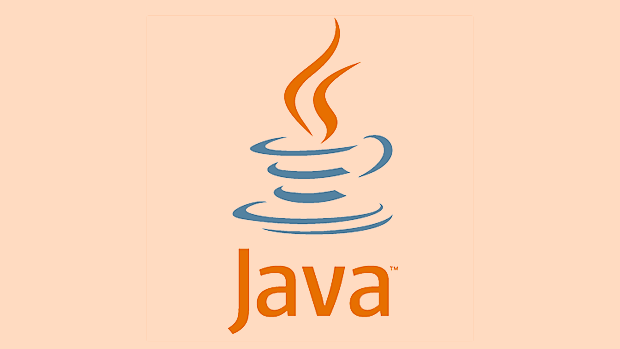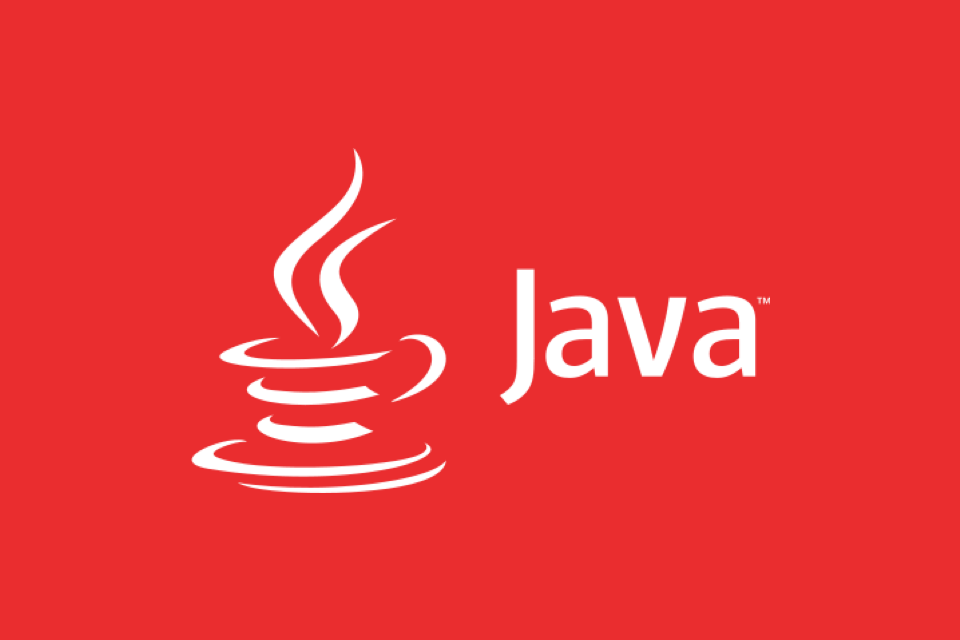To make Java work well on IoT devices, use lightweight Java distributions, optimize memory usage, keep code simple and modular, and choose the right hardware. First, use lightweight Java distributions like Adoptium or GraalVM to reduce runtime size and memory usage. Second, optimize memory by limiting heap size, avoiding large libraries, preferring primitive types, reusing objects, and using lightweight garbage collection. Third, keep code modular to allow independent operation and potential offloading to the cloud. Fourth, choose hardware that matches Java’s requirements, such as Raspberry Pi, or compile Java to native code with GraalVM for smaller devices.

Java isn’t the first language most people think of when building for IoT devices, but it still has a place—especially in edge computing or more powerful embedded systems. The catch? You can’t just drop standard Java code onto an IoT device and expect it to run smoothly. Resource constraints, limited memory, and performance demands mean you need to optimize carefully.

Here’s how to make Java work well on IoT devices without overloading them.
Use Lightweight Java Distributions
Full-blown JDKs or JREs are too heavy for many IoT setups. Instead, go with stripped-down versions designed for constrained environments.

- AdoptOpenJDK distributions like Adoptium offer compact builds.
- GraalVM also has options for trimming down runtime size.
- Some platforms (like Raspberry Pi) support OpenJDK with reduced profiles, where you only include the parts of the JVM you actually use.
This cuts down memory usage and startup time, both of which matter a lot when you're working with 1GB of RAM or less.
Optimize Memory Usage
IoT devices often have tight memory limits, so reducing heap size and avoiding unnecessary object creation is key.

- Set JVM options like
-Xmxto limit max heap size. For example:-Xmx64mcaps memory at 64MB. - Avoid using large libraries or frameworks. Spring Boot, while convenient, might be overkill unless you trim it aggressively.
- Prefer primitive types over wrappers (
intinstead ofInteger) to reduce overhead. - Reuse objects where possible—object pooling helps prevent garbage collector thrashing.
Garbage collection pauses can be disruptive on low-end hardware. Consider using GC algorithms optimized for small heaps, like the Serial GC, which is lightweight and predictable.
Keep Code Simple and Modular
You don’t need a full enterprise-grade architecture on a tiny device. Break your app into modular components that can run independently or be disabled when not needed.
- Use OSGi or similar module systems if hot-swapping or dynamic loading is necessary.
- Favor microservices-style design—split logic between the device and cloud where appropriate.
- Offload complex processing to the cloud whenever possible. Let the device do just what it needs to.
For example, instead of doing image recognition on-device, collect the image data and send it to a backend server for analysis.
Choose the Right Hardware-Java Match
Not all IoT devices are created equal—and not all can handle Java well. Pick hardware that matches Java's minimum requirements.
- Devices like Raspberry Pi 3 or 4 are capable enough for basic Java apps.
- Avoid trying to run Java on ultra-low-power MCUs like ESP32—they’re better suited for C/C or MicroPython.
- If you must run on smaller devices, consider compiling Java to native with GraalVM Native Image—this removes the JVM dependency entirely.
It’s not about forcing Java everywhere—it’s about knowing where it fits best.
That’s basically it. Java can work on IoT, but only if you treat resource limits seriously and avoid dragging in unnecessary bloat. It's not complicated, but it does require thinking differently than when developing for servers or desktops.
The above is the detailed content of Optimizing Java for IoT Devices. For more information, please follow other related articles on the PHP Chinese website!

Hot AI Tools

Undress AI Tool
Undress images for free

Undresser.AI Undress
AI-powered app for creating realistic nude photos

AI Clothes Remover
Online AI tool for removing clothes from photos.

Clothoff.io
AI clothes remover

Video Face Swap
Swap faces in any video effortlessly with our completely free AI face swap tool!

Hot Article

Hot Tools

Notepad++7.3.1
Easy-to-use and free code editor

SublimeText3 Chinese version
Chinese version, very easy to use

Zend Studio 13.0.1
Powerful PHP integrated development environment

Dreamweaver CS6
Visual web development tools

SublimeText3 Mac version
God-level code editing software (SublimeText3)
 Asynchronous Programming Techniques in Modern Java
Jul 07, 2025 am 02:24 AM
Asynchronous Programming Techniques in Modern Java
Jul 07, 2025 am 02:24 AM
Java supports asynchronous programming including the use of CompletableFuture, responsive streams (such as ProjectReactor), and virtual threads in Java19. 1.CompletableFuture improves code readability and maintenance through chain calls, and supports task orchestration and exception handling; 2. ProjectReactor provides Mono and Flux types to implement responsive programming, with backpressure mechanism and rich operators; 3. Virtual threads reduce concurrency costs, are suitable for I/O-intensive tasks, and are lighter and easier to expand than traditional platform threads. Each method has applicable scenarios, and appropriate tools should be selected according to your needs and mixed models should be avoided to maintain simplicity
 Best Practices for Using Enums in Java
Jul 07, 2025 am 02:35 AM
Best Practices for Using Enums in Java
Jul 07, 2025 am 02:35 AM
In Java, enums are suitable for representing fixed constant sets. Best practices include: 1. Use enum to represent fixed state or options to improve type safety and readability; 2. Add properties and methods to enums to enhance flexibility, such as defining fields, constructors, helper methods, etc.; 3. Use EnumMap and EnumSet to improve performance and type safety because they are more efficient based on arrays; 4. Avoid abuse of enums, such as dynamic values, frequent changes or complex logic scenarios, which should be replaced by other methods. Correct use of enum can improve code quality and reduce errors, but you need to pay attention to its applicable boundaries.
 Understanding Java NIO and Its Advantages
Jul 08, 2025 am 02:55 AM
Understanding Java NIO and Its Advantages
Jul 08, 2025 am 02:55 AM
JavaNIO is a new IOAPI introduced by Java 1.4. 1) is aimed at buffers and channels, 2) contains Buffer, Channel and Selector core components, 3) supports non-blocking mode, and 4) handles concurrent connections more efficiently than traditional IO. Its advantages are reflected in: 1) Non-blocking IO reduces thread overhead, 2) Buffer improves data transmission efficiency, 3) Selector realizes multiplexing, and 4) Memory mapping speeds up file reading and writing. Note when using: 1) The flip/clear operation of the Buffer is easy to be confused, 2) Incomplete data needs to be processed manually without blocking, 3) Selector registration must be canceled in time, 4) NIO is not suitable for all scenarios.
 How Java ClassLoaders Work Internally
Jul 06, 2025 am 02:53 AM
How Java ClassLoaders Work Internally
Jul 06, 2025 am 02:53 AM
Java's class loading mechanism is implemented through ClassLoader, and its core workflow is divided into three stages: loading, linking and initialization. During the loading phase, ClassLoader dynamically reads the bytecode of the class and creates Class objects; links include verifying the correctness of the class, allocating memory to static variables, and parsing symbol references; initialization performs static code blocks and static variable assignments. Class loading adopts the parent delegation model, and prioritizes the parent class loader to find classes, and try Bootstrap, Extension, and ApplicationClassLoader in turn to ensure that the core class library is safe and avoids duplicate loading. Developers can customize ClassLoader, such as URLClassL
 Handling Common Java Exceptions Effectively
Jul 05, 2025 am 02:35 AM
Handling Common Java Exceptions Effectively
Jul 05, 2025 am 02:35 AM
The key to Java exception handling is to distinguish between checked and unchecked exceptions and use try-catch, finally and logging reasonably. 1. Checked exceptions such as IOException need to be forced to handle, which is suitable for expected external problems; 2. Unchecked exceptions such as NullPointerException are usually caused by program logic errors and are runtime errors; 3. When catching exceptions, they should be specific and clear to avoid general capture of Exception; 4. It is recommended to use try-with-resources to automatically close resources to reduce manual cleaning of code; 5. In exception handling, detailed information should be recorded in combination with log frameworks to facilitate later
 How does a HashMap work internally in Java?
Jul 15, 2025 am 03:10 AM
How does a HashMap work internally in Java?
Jul 15, 2025 am 03:10 AM
HashMap implements key-value pair storage through hash tables in Java, and its core lies in quickly positioning data locations. 1. First use the hashCode() method of the key to generate a hash value and convert it into an array index through bit operations; 2. Different objects may generate the same hash value, resulting in conflicts. At this time, the node is mounted in the form of a linked list. After JDK8, the linked list is too long (default length 8) and it will be converted to a red and black tree to improve efficiency; 3. When using a custom class as a key, the equals() and hashCode() methods must be rewritten; 4. HashMap dynamically expands capacity. When the number of elements exceeds the capacity and multiplies by the load factor (default 0.75), expand and rehash; 5. HashMap is not thread-safe, and Concu should be used in multithreaded
 Explained: Java Polymorphism in Object-Oriented Programming
Jul 05, 2025 am 02:52 AM
Explained: Java Polymorphism in Object-Oriented Programming
Jul 05, 2025 am 02:52 AM
Polymorphism is one of the core features of Java object-oriented programming. Its core lies in "one interface, multiple implementations". It implements a unified interface to handle the behavior of different objects through inheritance, method rewriting and upward transformation. 1. Polymorphism allows the parent class to refer to subclass objects, and the corresponding methods are called according to the actual object during runtime; 2. The implementation needs to meet the three conditions of inheritance relationship, method rewriting and upward transformation; 3. It is often used to uniformly handle different subclass objects, collection storage and framework design; 4. When used, only the methods defined by the parent class can be called. New methods added to subclasses need to be transformed downward and accessed, and pay attention to type safety.
 Effective Use of Java Enums and Best Practices
Jul 07, 2025 am 02:43 AM
Effective Use of Java Enums and Best Practices
Jul 07, 2025 am 02:43 AM
Java enumerations not only represent constants, but can also encapsulate behavior, carry data, and implement interfaces. 1. Enumeration is a class used to define fixed instances, such as week and state, which is safer than strings or integers; 2. It can carry data and methods, such as passing values ??through constructors and providing access methods; 3. It can use switch to handle different logics, with clear structure; 4. It can implement interfaces or abstract methods to make differentiated behaviors of different enumeration values; 5. Pay attention to avoid abuse, hard-code comparison, dependence on ordinal values, and reasonably naming and serialization.






